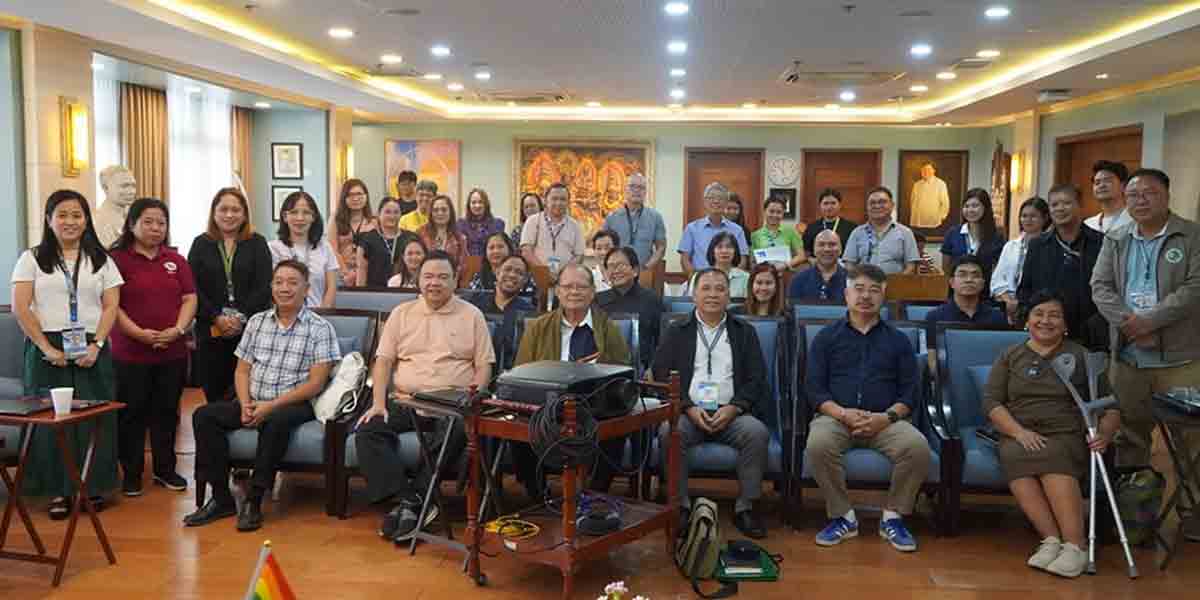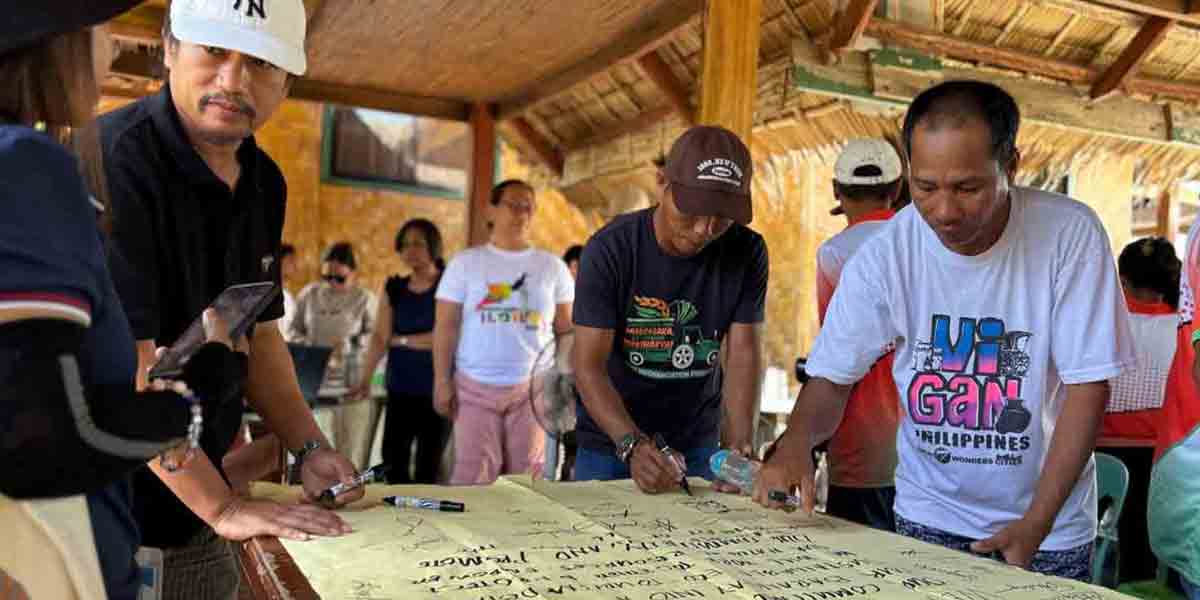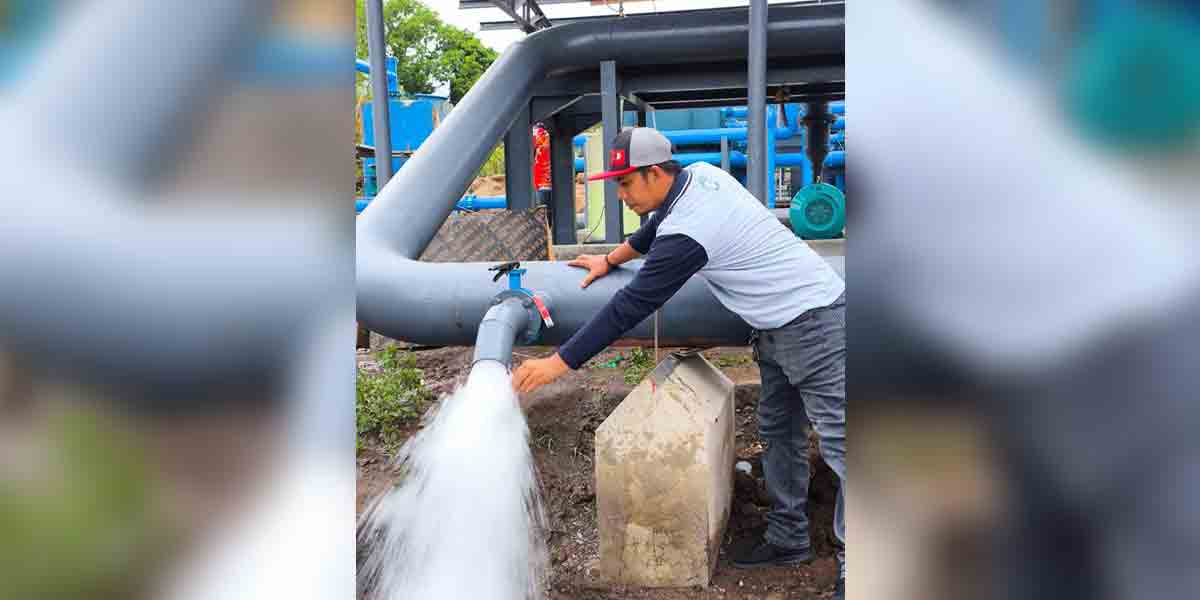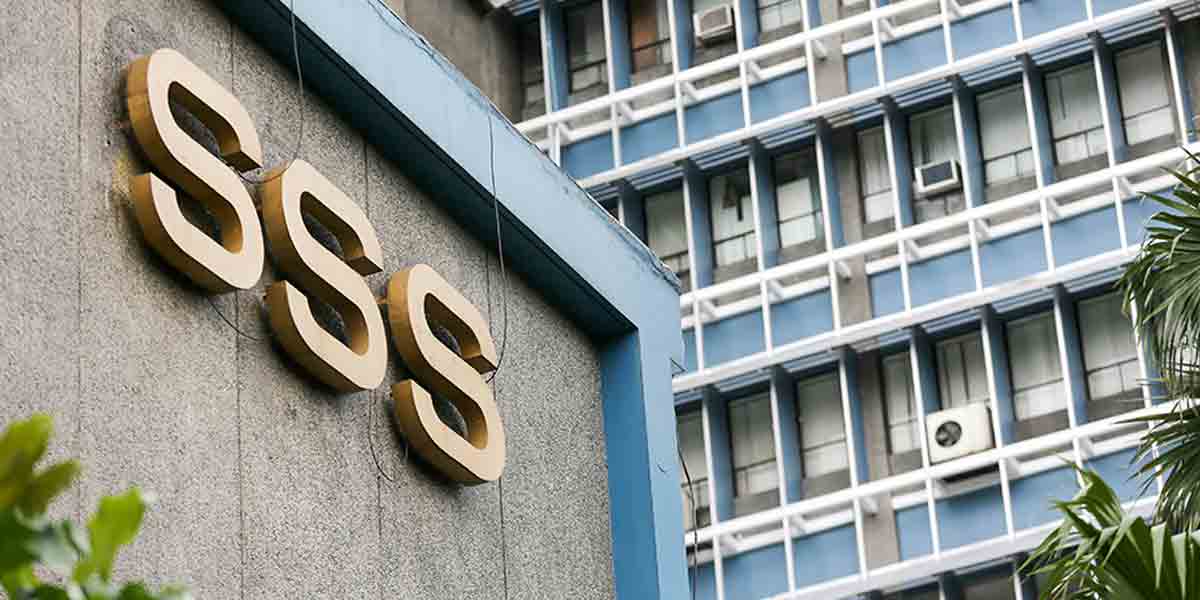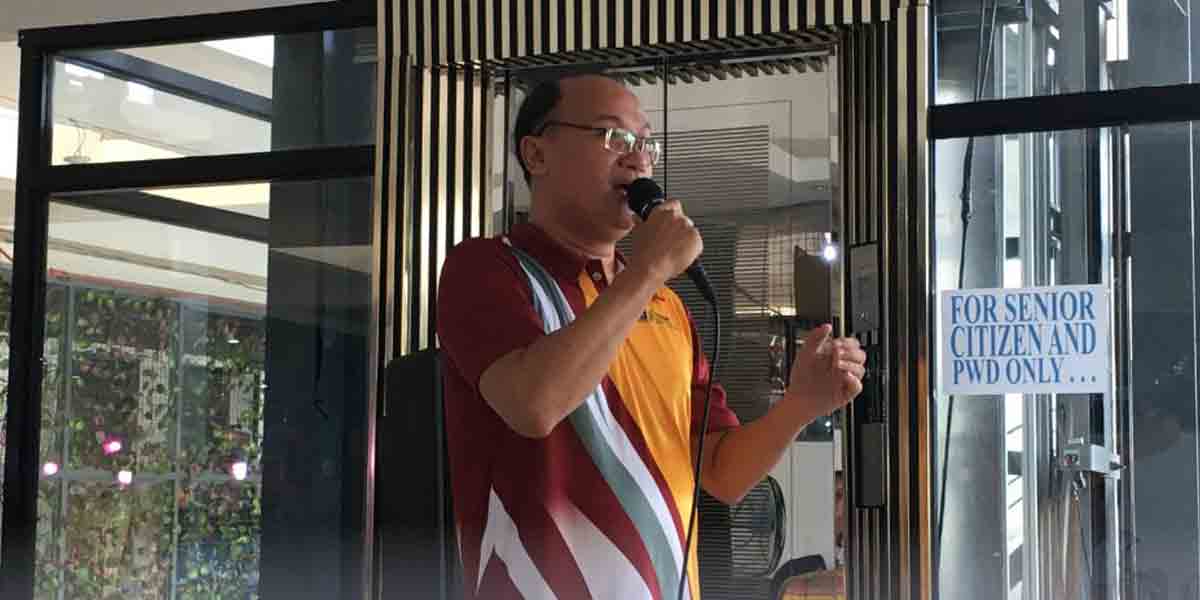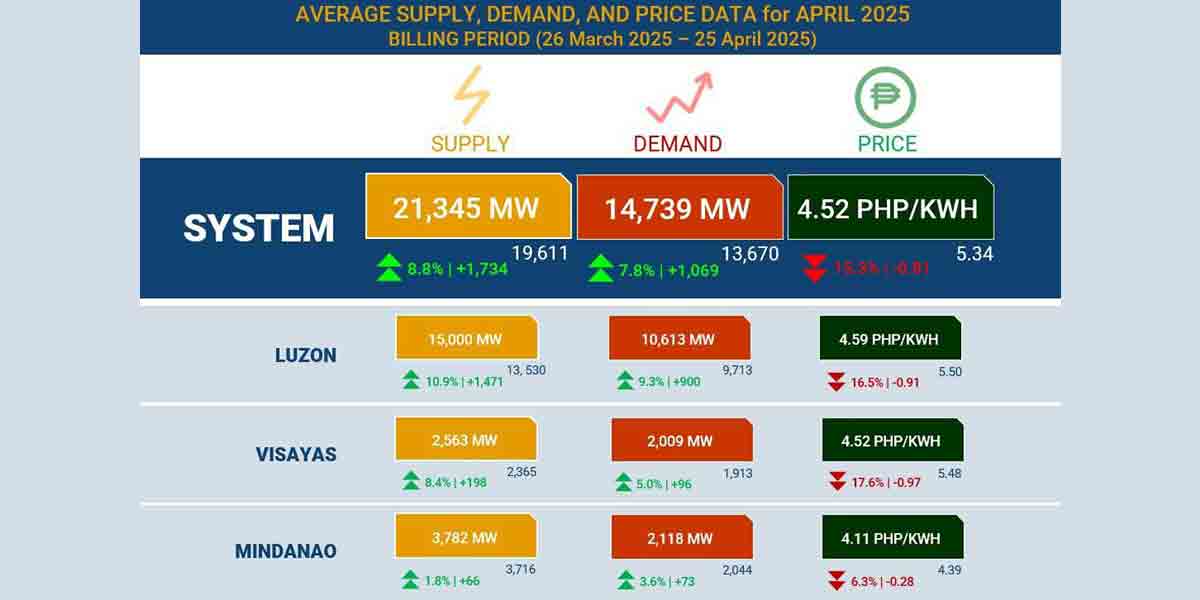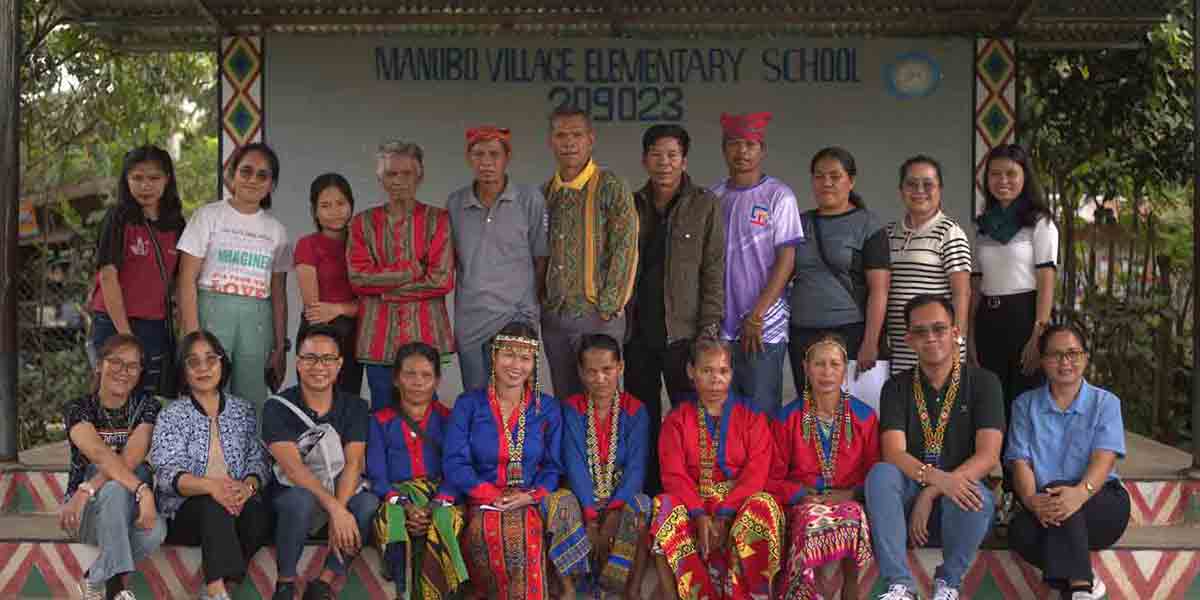Finance Secretary Benjamin E. Diokno highlighted the Visayan group of islands’ vast economic potential in sustainable tourism, information technology and business process management (IT-BPM), and renewable energy (RE) during the Philippine Economic Briefing (PEB) on August 11, 2023 at the Marco Polo Plaza Cebu.
Secretary Diokno pointed out that in 2022, Western Visayas posted the fastest growth of 9.3 percent among all regions in the country, while Central Visayas and Eastern Visayas both grew by 7.6 percent and 6.8 percent, respectively.
“Clearly, this part of the country is brimming with immense economic energy. The administration of President Ferdinand Marcos, Jr. recognizes this and is fully prepared to support its growth and development in the next five years,” Secretary Diokno said in his keynote address.
The Philippines is currently prioritizing the implementation of 194 high-impact Infrastructure Flagship Projects (IFPs), 65 of which are located in Visayas with an indicative total cost of PHP 1.7 trillion.
Some of these projects include the Cebu Public Transport Modernization Project, the Metro Cebu Expressway, the Panay-Guimaras-Negros Inter-Island Link Bridge, the Samar Pacific Coastal Road Project, and the New Dumaguete Airport Development Project.
With the construction and enhancement of the Mactan-Cebu International Airport (MCIA)––the country’s second largest airport––the city has become a major player in the field of sustainable tourism.
“More impressively, it is also the country’s first solar-powered airport and bans single-use plastics among its concessionaires. This is in line with the Philippine government’s clean energy transition and sets a precedent for other establishments to mainstream sustainability,” Secretary Diokno elaborated.
Apart from tourism, Cebu also boasts of a thriving IT-BPM industry. The IT and Business Process Association of the Philippines reported that the industry has the potential to generate up to 1.7 million jobs and US$35.9 billion in business revenues.
Moreover, the Department of Energy (DOE) also recognized Western Visayas’ capacity for RE supply and projects it to be the RE capital of the country.
“Supporting the growth of our industries requires establishing a competitive business environment and promoting human capital development,” Secretary Diokno said.
To this end, the government will strengthen research and development (R&D), scale up technology adoption and commercialization, and promote an open and competitive market through the strategies outlined in the Philippine Development Plan (PDP) 2023-2028.
Secretary Diokno noted that the landmark Corporate Recovery and Tax Incentives for Enterprises (CREATE) Law offers incentives for businesses setting up shop in rural areas and grants a 100-percent additional deduction on R&D expenses.
During the first panel discussion, Secretary Diokno said that with the Medium-Term Fiscal Framework (MTFF), the government aims to reduce the country’s debt-to-GDP ratio from 62 percent to 50 percent by the end of the President’s term. With this, he emphasized the importance of continuing the momentum of rapid infrastructure development, started by the previous administration, to be able to maintain infrastructure spending at 5 to 6 percent of GDP.
“For the last 50 years, we were only spending 2 percent of our GDP for infrastructure. That’s why we suffer in comparison with our ASEAN neighbors,” he said.
For the Finance Secretary, a combination of stronger growth and increased revenues is key to achieving the MTFF’s fiscal targets.
In light of this, Secretary Diokno explained that the Maharlika Investment Fund (MIF) will serve as an additional boost to finance infrastructure. Currently, around 55 percent of the 194 IFPs will be funded through official development assistance (ODA); about 5 to 10 percent by national government (NG); and around 30 percent through public-private partnerships (PPPs).
He said that the MIF will free up fiscal space in the national budget for more social projects such as health centers and schools.
Department of Budget and Management (DBM) Secretary Amenah F. Pangandaman gave an overview of the priority expenditures under the proposed Fiscal Year (FY) 2024 national budget. These include shovel-ready infrastructure projects, human capital development, sustainable agriculture and food security, climate change adaptation and mitigation, digital transformation, and regional development.
Meanwhile, National Economic and Development Authority (NEDA) Undersecretary Joseph J. Capuno presented the Central Visayas Regional Development Plan (RDP) 2023-2028, which targets to achieve a gross regional domestic product (GRDP) growth rate of 6.8 to 8.5 percent and lower poverty incidence to 10.5 percent by 2028.
On financial inclusivity, Bangko Sentral ng Pilipinas (BSP) Deputy Governor Francisco G. Dakila, Jr. said that rural banks play a vital role in countryside development. To further support the rural banking system, the BSP introduced the Rural Bank Strengthening Program in 2022 to enhance the operations capacity, competitiveness, and capital base of rural banks.
From the private sector, Philippine Chamber of Commerce and Industry (PCCI) Central Visayas Regional Governor Melanie C. Ng shared the business community’s policy recommendations to boost productivity and competitiveness. Among these are improving connectivity, lowering the cost of water and energy, and streamlining bureaucratic processes.
She also underscored the importance of promoting ease of doing business and lowering the cost of doing business.
“When investors come, they look at our competitive edge, they look at our advantages. When they leave, it’s because we’ve lost our edge. So we have to work together to get it back––private sector and government,” Ng said.
Department of Public Works and Highways (DPWH) Secretary Manuel M. Bonoan, Department of Transportation (DOTr) Secretary Jaime J. Bautista, DOE Secretary Raphael P.M. Lotilla, Department of Information and Communications Technology (DICT) Secretary Ivan John E. Uy, Public-Private Partnership (PPP) Center Executive Director Ma. Cynthia C. Hernandez, and Head of Cebu City Planning and Development Office Architect Joseph Michael P. Espina took part in the second panel to discuss the latest infrastructure programs, particularly in the Visayas region.
Architect Espina lauded the construction of the Cebu–Cordova Link Expressway (CCLEX), which he said was the first PPP through local government units (LGUs).
As the regional hub of Central Visayas, the City plans to align with Japan International Cooperation Agency (JICA)’s Metro Cebu Plan to develop an urban transport master plan for better connectivity.
Finally, the third panel discussed developments and emerging opportunities in key economic sectors. Panelists were Department of Trade and Industry (DTI) Secretary Alfredo E. Pascual, Department of Labor and Employment (DOLE) Secretary Bienvenido E. Laguesma, Department of Tourism (DOT) Secretary Christina Garcia Frasco, Department of the Interior and Local Government (DILG) Undersecretary Marlo L. Iringan, Department of Agriculture (DA) Assistant Secretary Genevieve E. Velicaria-Guevarra, and President of the Cebu Chamber of Commerce and Industry (CCCI) Charles Kenneth Co.
Secretary Pascual elaborated on the role of micro, small, and medium enterprises (MSMEs) in economic growth, referring to it as the backbone and heart of the economy. The government will support MSME growth by providing access to the market, technology, and financing.
CCCI President Co welcomed the PEB in Cebu as he acknowledged the need for strengthened public and private sector dialogue.
He cited the entry of Swedish furniture retailer IKEA to the Philippines, which opened its largest branch in the world in Pasay, as evidence of how the government’s game-changing reforms have allowed investors to set up shop in the country.
Economic liberalization measures such as the amended Foreign Investments Act, Retail Trade Liberalization Act, and Public Service Act widened the space for joint venture opportunities for enterprises employing cutting-edge technologies.
On tourism, Secretary Frasco identified English as a Second Language (ESL) to be one of Cebu’s strongest products. Therefore, the government has instituted measures to support the growth of the industry. This entails the digitalization of requirements for those who wish to avail of the program.
The PEB in Cebu was jointly organized by the BSP and the DOF. It was attended by more than 600 members of the business and financial communities, industry associations, local government units, non-government organizations, academe, and media.

